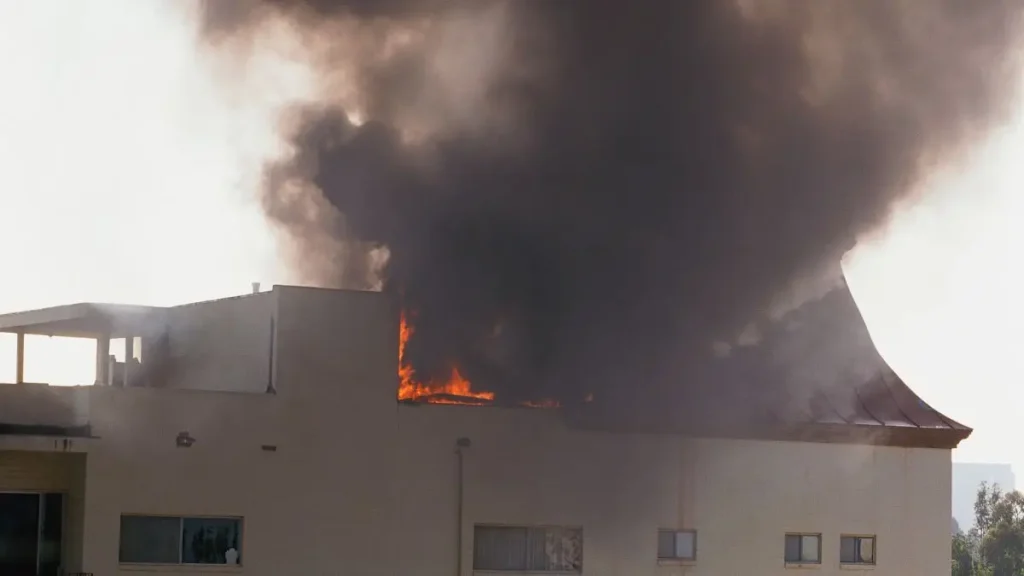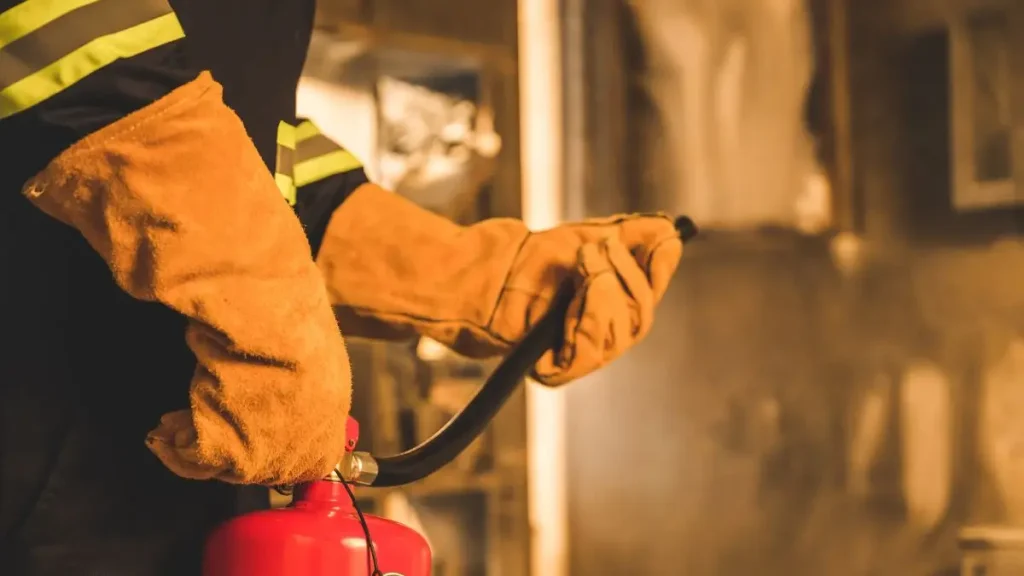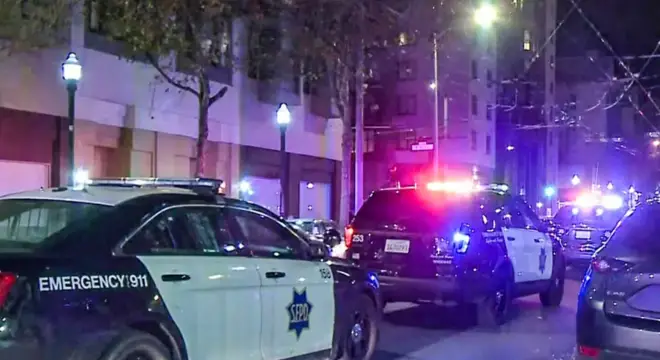Mobile Home Fire in Washburn Leaves One Dead, Two Hurt
I still can’t stop thinking about how quickly life can change. Early Monday morning, just after midnight, a mobile home on Brook Side Circle in Washburn, Maine, went up in flames. When I first read the reports, I pictured a quiet street, a small town of just over 1,500 people, shattered by a sudden tragedy.
Officials confirmed that 62-year-old Steven T. Belmain lost his life, and two others were injured and rushed to AR Gould Hospital in Presque Isle. I can’t imagine the chaos those first responders faced—the Washburn Fire Department and the Aroostook County Sheriff’s Office had to act fast to contain the fire and save lives.
As you read this, I want you to pause for a moment and picture how fragile safety can feel. In a matter of minutes, a normal night turned into a nightmare. And while news articles give us the bare facts, understanding the human story behind them—neighbors, families, small-town communities—is what really hits home.
Cause of the Fire — Generator in the Entryway

When I first saw that a generator might have sparked the fire, it hit me how something so small can have devastating consequences. According to WGME, investigators believe that placing a generator inside the mobile home’s entryway likely caused the blaze.
You might be thinking, “It’s just a generator—how dangerous can it be?” But generators give off heat and carbon monoxide. In a confined space, that combination can be deadly. I’ve seen people underestimate this risk, and I want you to understand why safety guidelines exist—they’re not just suggestions.
If you have a generator at home, please make sure it’s outdoors, on a flat surface, and at least 20 feet away from any doors or windows. Installing a carbon monoxide detector is not optional—it’s a lifesaver. I know it sounds like extra work, but one simple precaution could prevent a tragedy like what happened in Washburn.
Victim Identification & Autopsy Process
I want to take a moment to talk about the person behind the headlines. The man who lost his life was believed to be 62-year-old Steven T. Belmain of Washburn. WMTW confirms that his remains were sent to the Maine Medical Examiner’s Office for an autopsy.
You know, reading this makes me reflect on how behind every statistic there’s a real human life. I want you to think of him as more than just a name in a news report—someone’s father, neighbor, maybe a friend. It’s heartbreaking, and it reminds us that safety lapses have real consequences.
While we wait for official results, it’s important for you to consider how your home environment could be safer. Sometimes, understanding the process—like an autopsy determining the exact cause—helps us prevent similar incidents in our own lives.
Similarly, a tragic North Philadelphia house fire recently left a 12-year-old child dead, showing how quickly fires can devastate families.
Impact on Survivors & Community Reaction
Two others survived, but they were injured and taken to AR Gould Hospital. When I read about their ordeal, it struck me how lucky they were to survive. You can imagine the chaos, the fear, and the uncertainty in those minutes when a fire consumes a home.
I also think about the Washburn community. In a small town, everyone knows each other, and a tragedy like this shakes the entire neighborhood. You might live in a similar community, and hearing about this should make you pause and ask: are my loved ones truly safe at home?
As you read this, remember that these events are not distant stories—they could happen anywhere. It’s a reminder to check in on your neighbors, review safety practices, and never assume “it won’t happen here.”
Incidents like this are unfortunately not isolated; for example, a recent fire in Clifton Springs displaced multiple families.
Safety Lessons from the Washburn Fire

Here’s what really matters: what you can do to avoid the same fate. I want you to picture your own space. Where would you put a generator if you needed one? The Washburn fire shows just how risky indoor placement can be.
- Always place generators outside, at least 20 feet from windows or doors.
- Use carbon monoxide detectors—you want early warnings, not regrets.
- Keep fuel stored safely away from living areas.
I tell you this not to scare you, but to make you think. It’s easy to ignore small details, but one step in the wrong direction can cost a life. I promise, taking these precautions is simple, but it’s the difference between safety and disaster.
Many readers also exchange quick safety updates and reminders through messaging groups to stay informed about fire hazards and prevention.
What Happens Next — Investigation & Updates
Right now, the investigation is ongoing. The Medical Examiner’s Office will determine the exact cause of death, and the Fire Marshal’s Office may release additional safety recommendations.
I want you to stay aware. Follow local updates, share safety tips with family and friends, and maybe even check your own home’s fire precautions. You can make a difference, not just for yourself, but for your community.
It’s a tough lesson, but every tragedy teaches us something. By paying attention, asking questions, and taking action, you ensure that what happened in Washburn doesn’t happen again in your neighborhood.
Earlier reports from Massachusetts show how fires often require crews from neighboring towns to respond quickly to contain the blaze.
Final Takeaway — Protecting Yourself and Loved Ones
If there’s one thing I want you to take from this story, it’s this: small precautions save lives. I encourage you to walk through your own home and think critically—where could a generator or other fire hazard cause harm? You have the power to prevent a tragedy before it happens.
Remember, safety isn’t a one-time effort—it’s a habit. Talk to your family, check your equipment, and don’t wait for a warning to take action. What steps will you take today to make your home safer?
For more stories and tips on home safety and emergency preparedness, you can explore our safety guides and latest reports on our website Build Like New.
Disclaimer: This article is based on publicly available reports and official statements from the Maine State Fire Marshal’s Office. It is intended for informational purposes only and not as professional safety advice. Readers should follow official fire safety guidelines and local regulations.


